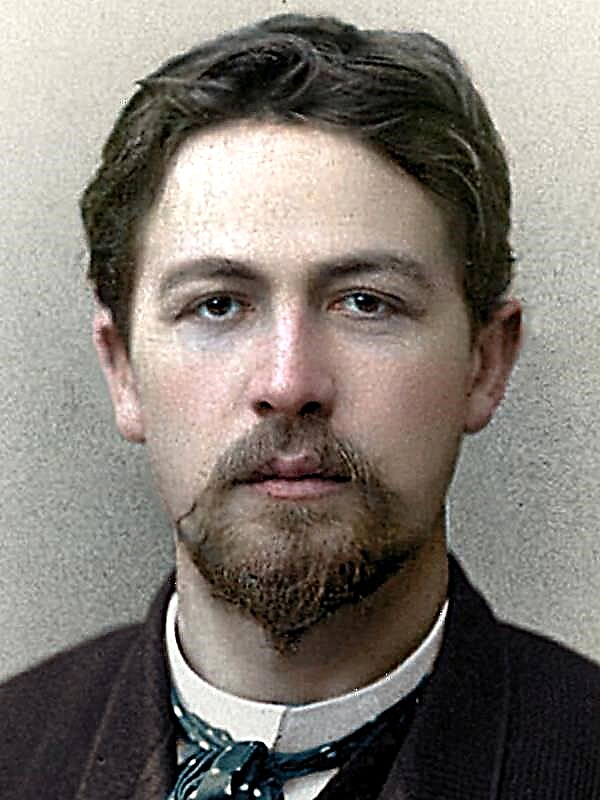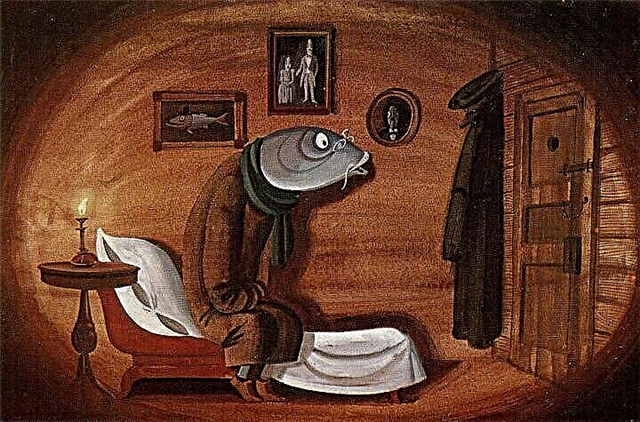30s of the 20th century. The city of Maycomb, Alabama. The narration is conducted on behalf of a nine-year-old girl, Jean Louise Finch, nicknamed Glazastic.
Part one
Glasastic lived in a small house located on the main street of Maycomb. The Fincha family was one of the oldest in the area and consisted of three people. The head of the family, Atticus, a lawyer, worked as a lawyer in court and kept his own law office. He was widowed several years ago, and one raised two children. The age difference between Glazastic and her older brother Jim was four years. The dark-skinned servant of Kelpurnia helped to raise children of Atticus, a strict, but kind woman. The children were a little afraid of her.
This story happened that year when Brother Jim broke his arm, and it all began with Scarecrow Radley. These Redley, who lived next door to the Finns, were an unsociable family. Senior members of this family very rarely left their homes, and no one saw their son at all for a very long time. Once the guy got in touch with a bad company, and his father locked him in the house. It was Radley Jr. who was called the Scarecrow. He was afraid of all the children in the city, and went around the neglected house. There were many legends about this man, and Radley's house was considered damned.
The Scarecrow legend charmed Glazastic's new neighbor. A boy named Dill came to his aunt for the summer holidays and made friends with the Finns. All summer, new friends tried to lure Scarecrow out of the house, but their attempts were unsuccessful.
In the fall, Glazastic went to school. Now she had to walk past the "damned house" every day. Near the house grew tall virgin oaks. Once Glazastic found a bag of chewing gum in the hollow of one of the oaks, and a little later - a box with two “happy” pennies. From whom these gifts were, children only guessed.
The next summer, Dill came again, and the children returned to their favorite pastime - luring Scarecrows out of the house. This continued until Atticus forbade the children from molesting their neighbors and acting out scenes from their lives. Despite the ban, the children still managed to get into the story. Before leaving, Dilla was again drawn to the Scarecrow's house. He tried to get close to him in the dark and peer out the window. Of course, he was not alone. The company of children caught Radley Sr. He mistook them for thieves and started firing a gun. Running away, Jim got stuck under a barbed-wire fence and returned home without his pants. When he came to the hedge for his clothes, he found his pants neatly folded and clumsily darned.
In autumn, the children again found gifts in the hollow, until Mr. Radley covered the cache with cement. Winter that year was very cold. It was necessary to heat the houses, and one night the house in the neighborhood with the Finns caught fire. Atticus drove the children outside. While Glazastik looked at the fire, someone carefully covered her with a blanket. Children guessed it was the Scarecrow.
Soon after the fire, Atticus was instructed to defend a black guy who allegedly raped a white girl. Atticus could not abandon this case, because he believed in the innocence of his client. The townspeople and residents of the district did not like blacks and condemned Atticus. This was reflected in the children. They could not hear how they insulted their father, and they came home bruised.
Part two
Spring came, and the Finches family increased by one person - Aunt Alexander moved to live with them. She used to live on a family farm near the city, but Glazastic was growing up, and Alexandra decided to move to her brother and support him. Aunt brought her order in the house and even tried to fire the dark-skinned maid Kalpurnia, but Atticus did not allow her.
After some time, Dill joined the company of children again. He escaped from his mother and stepfather. A week later, Tom Robinson, whom Atticus defended, was transferred to a city prison. On the first night, the doors of the prison were guarded by Atticus himself. Farmers who came from all over the area intended to lynch the unfortunate. The situation was saved by children who wanted to know where their father had gone. The eye recognized one of the farmers, and they could not complete the plan in front of the child.
Almost all the residents of the district gathered for trial. During the trial, Atticus proved that Tom was innocent. In fact, the girl sought the location of Tom. Bob Ewell found his daughter in this occupation and beat her, putting the blame on a black guy. Despite indirect evidence of innocence, the jury did not justify Tom. Until now, in Maycombe the Negro has not been justified if he opposed the white. Traditionally, the white man is always right, so Tom was sentenced to death and sent to a prison farm. As a rule, such sentences were pronounced in a matter of minutes, but this time the jury deliberated for several hours and hardly agreed. Atticus considered this his little victory and was sure that he could save Tom from the electric chair. Unfortunately, Tom died trying to escape from prison.
Euel, whom Atticus made a fool of in court, threatened all participants in the meeting. He molested the widow of Tom, climbed into the house of the judge. The children were afraid for his father, but he did not take it seriously.
On All Saints' Day, a holiday and costume performance took place at the school. The eye was a ham in it. On the way home, Bob Ewell attacked the children. Only a suit on a wire frame saved the girl from death. It was then that Jim broke his arm. Children would not return home if they were not helped by a stranger. He killed Euel and carried Jim home, who had lost consciousness from the pain. This man turned out to be Scarecrow Radley - a timid, fearful and sick man. The sheriff framed Euel's death as suicide. He could not put Radley on public display, because this is the same as killing a mockingbird, a defenseless songbird.



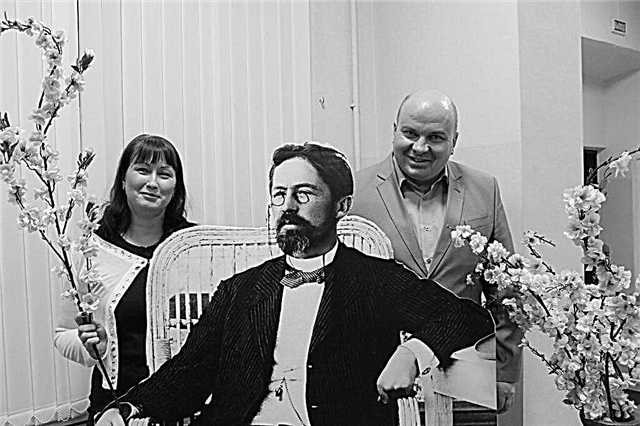
 How to write well
How to write well
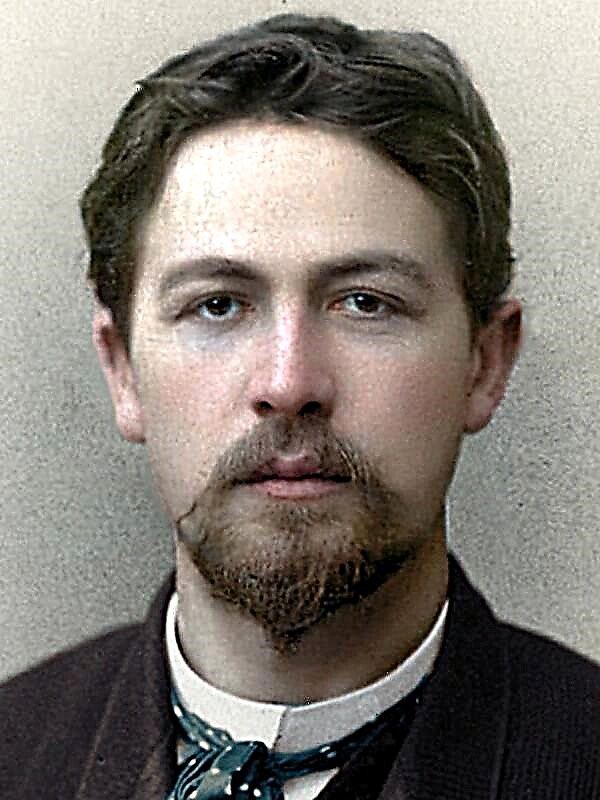
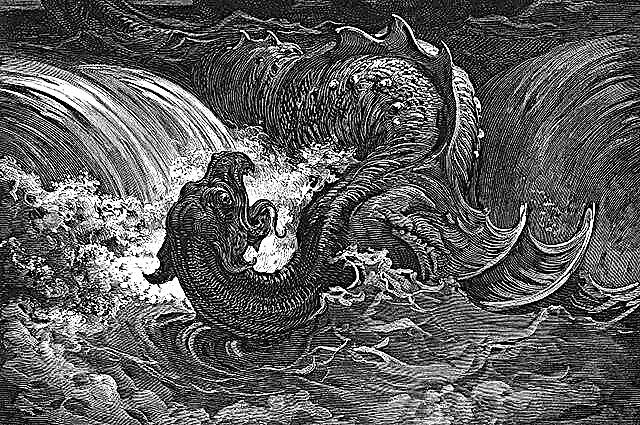
 Clarissa
Clarissa